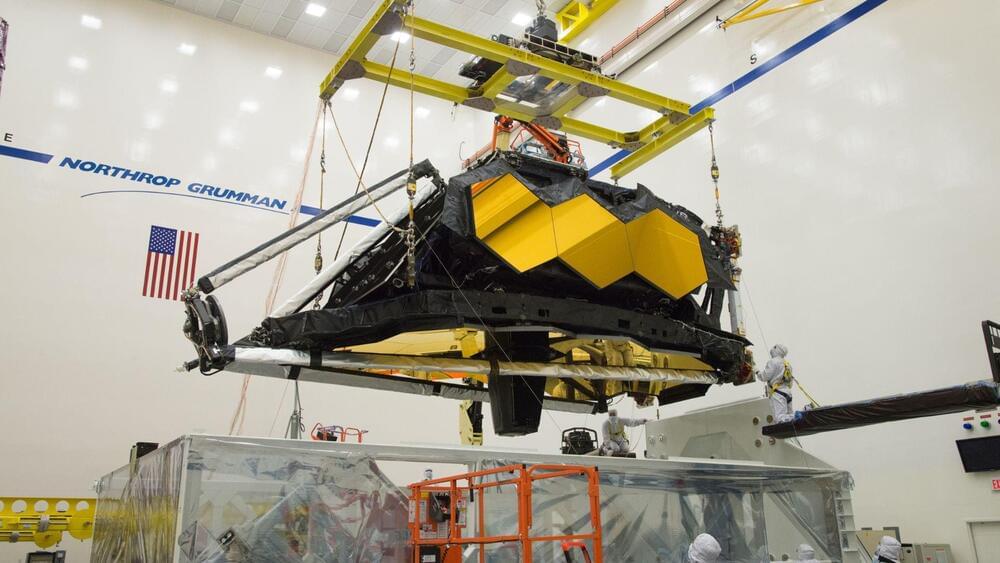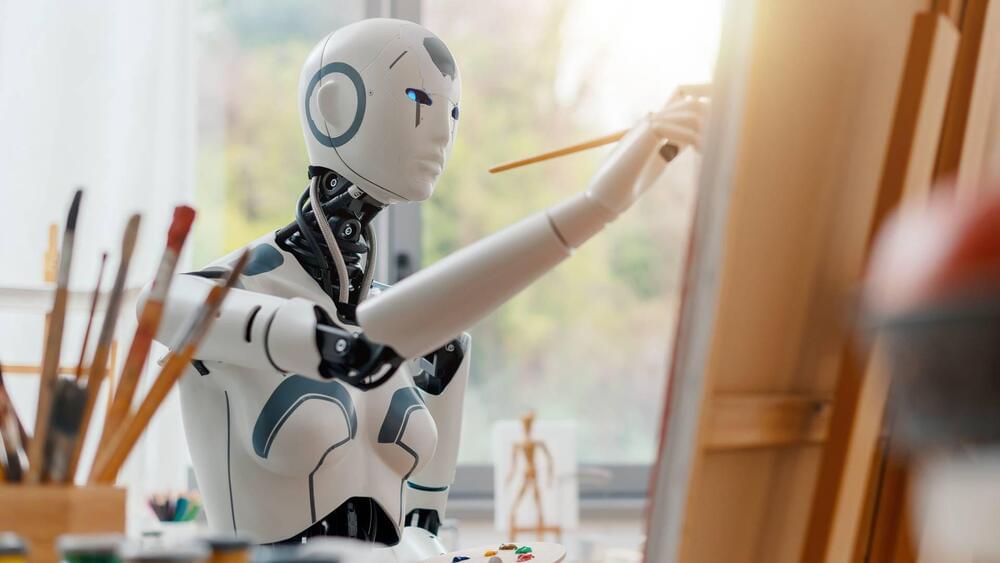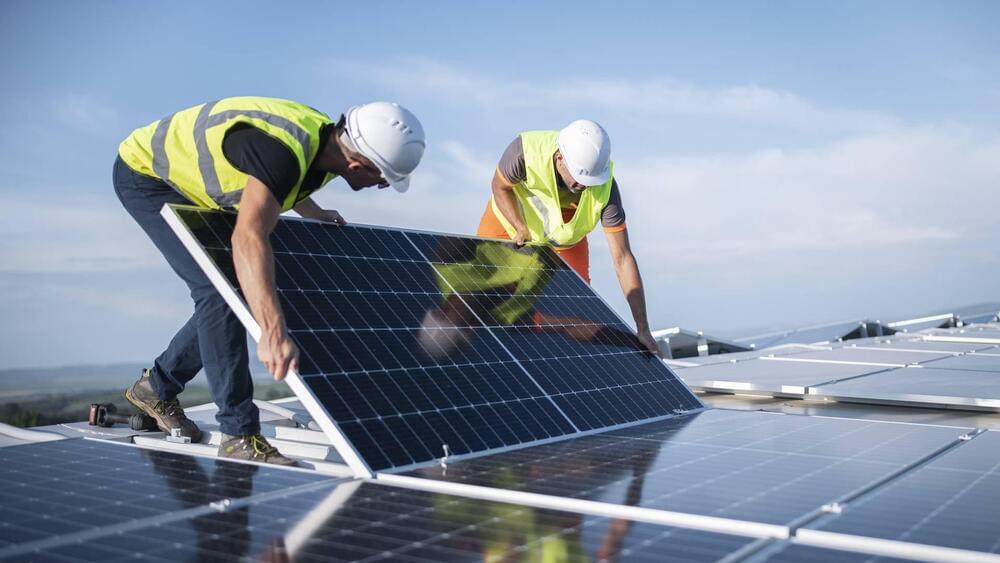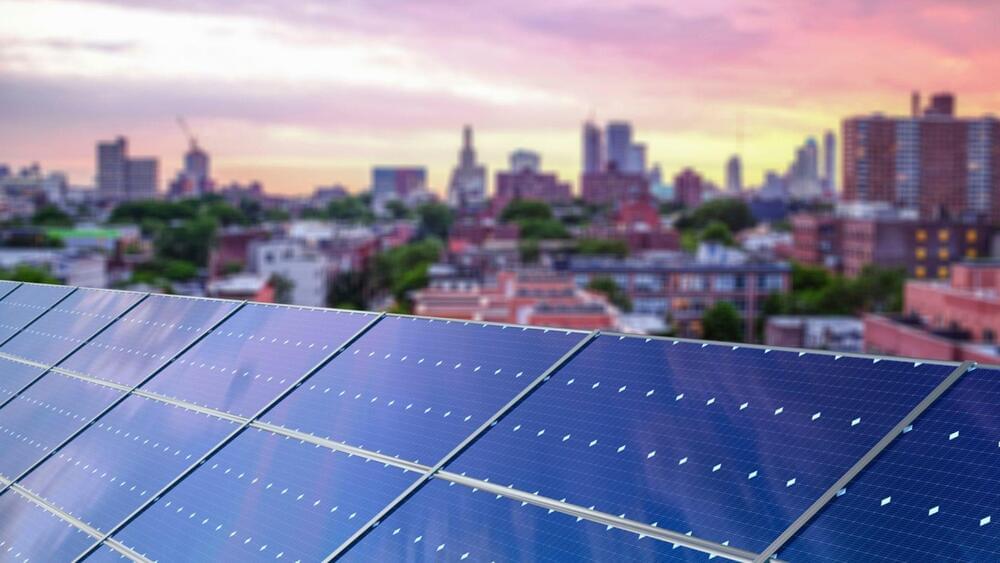The problem of space debris would worsen even if we sent nothing else into orbit.
ESA’s Space Environment report 2023 was published last August and highlighted a key problem: space debris. “Our planet is surrounded by spacecraft carrying out important work to study our changing climate, deliver global communication and navigation services and help us answer important scientific questions,” noted the report.
“But some of their orbits are getting crowded and increasingly churning with deadly, fast-moving pieces of defunct satellites and rockets that threaten our future in space.”
Dottedhippo/iStock.
“Our planet is surrounded by spacecraft carrying out important work to study our changing climate, deliver global communication and navigation services and help us answer important scientific questions,” noted the report.






